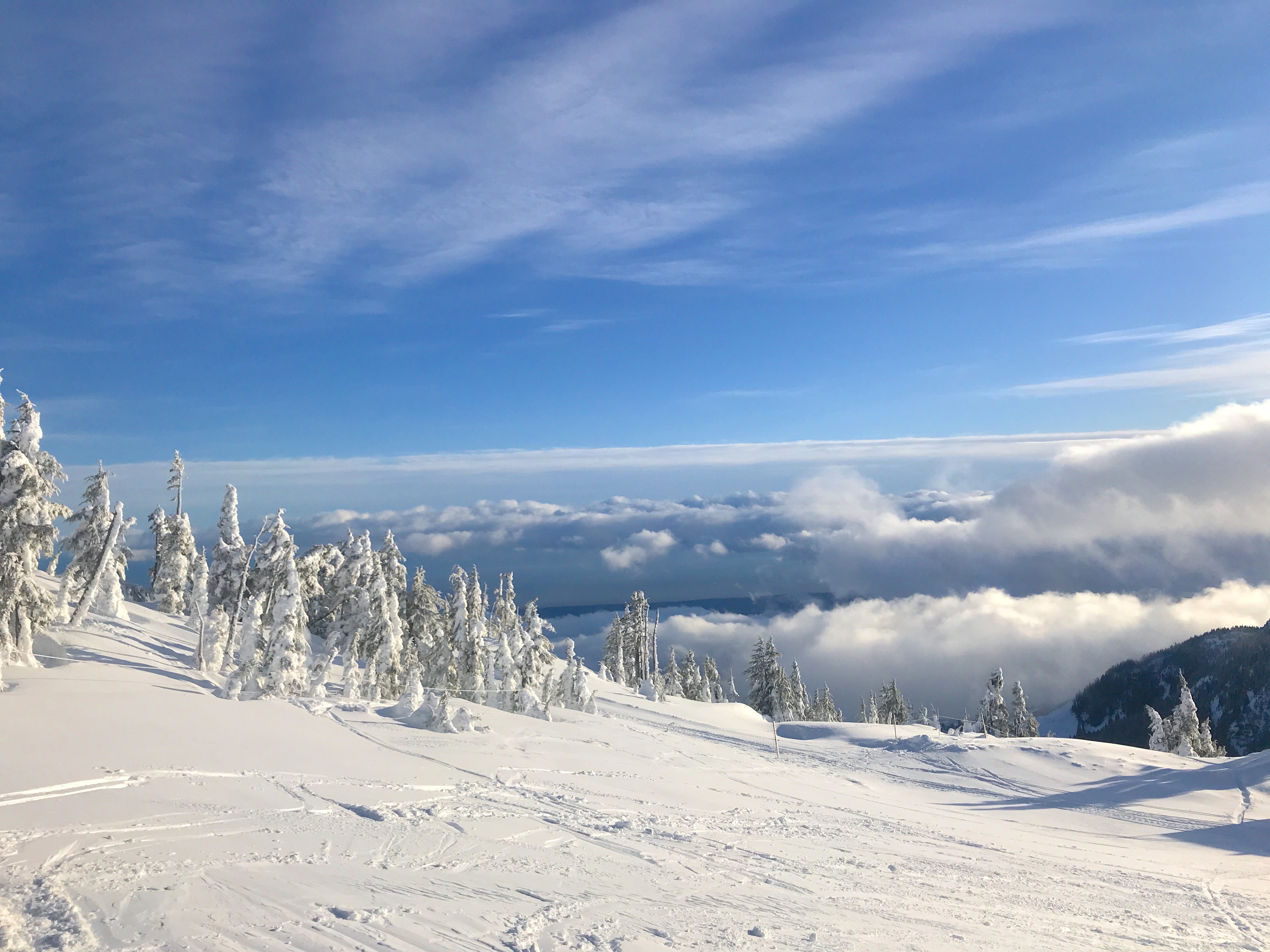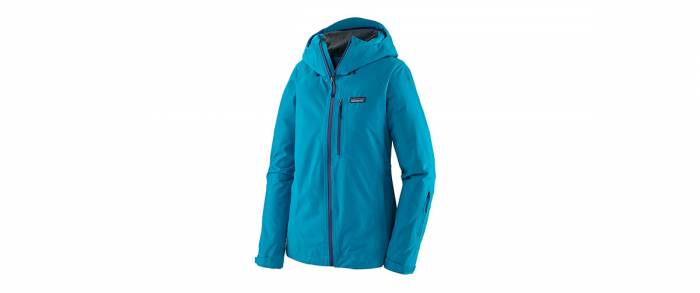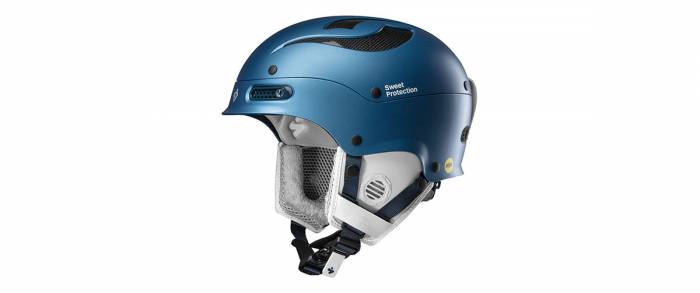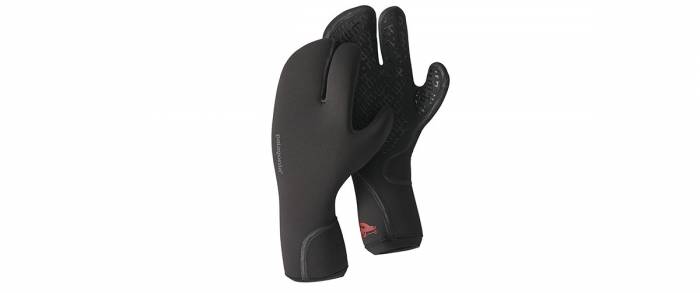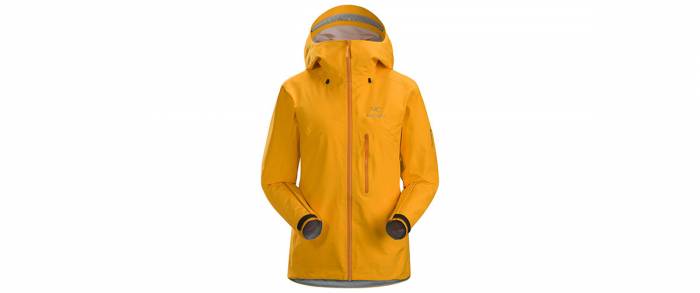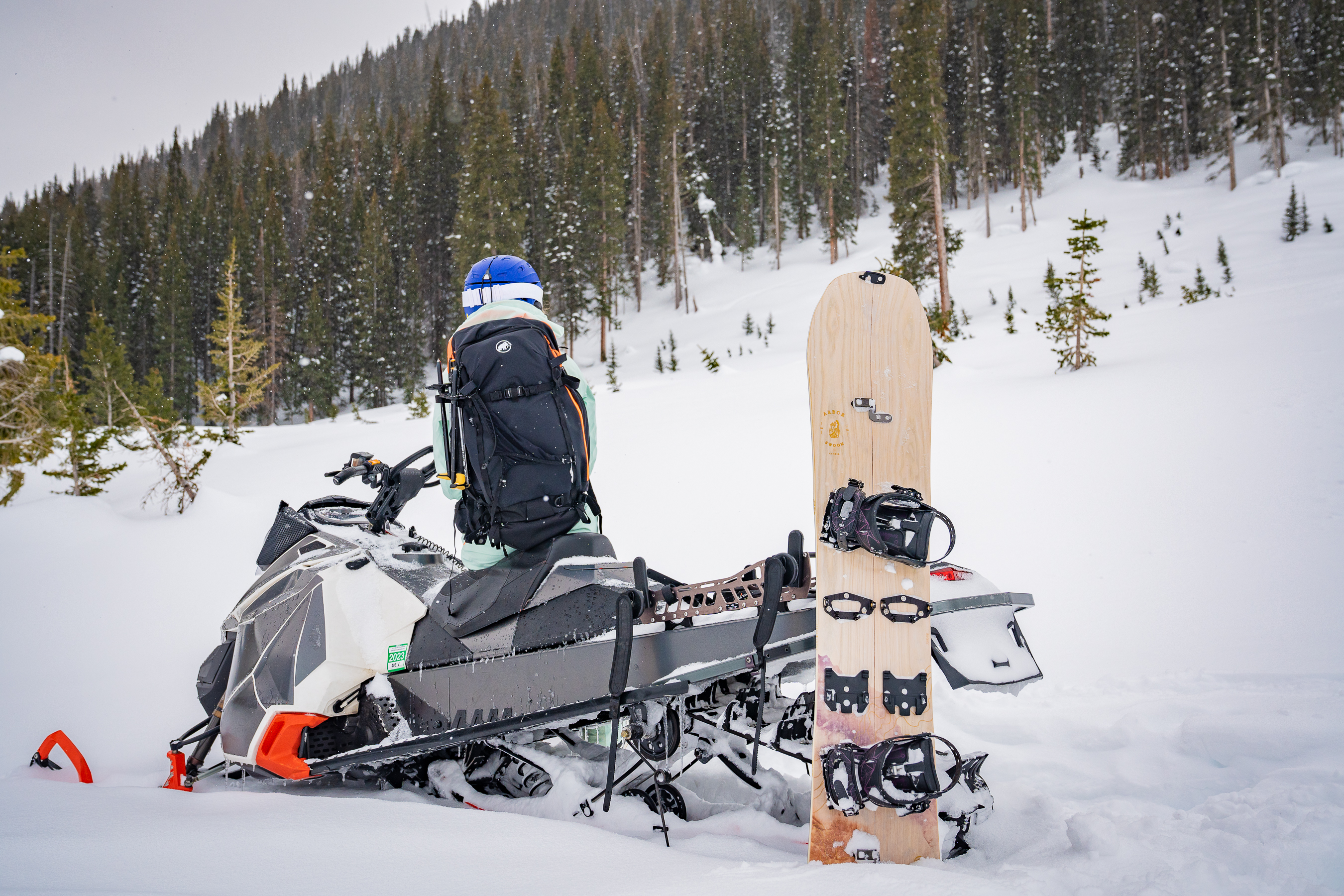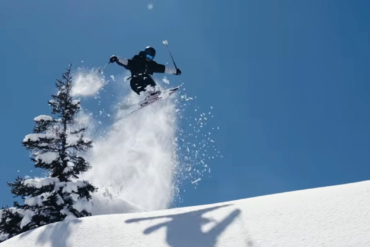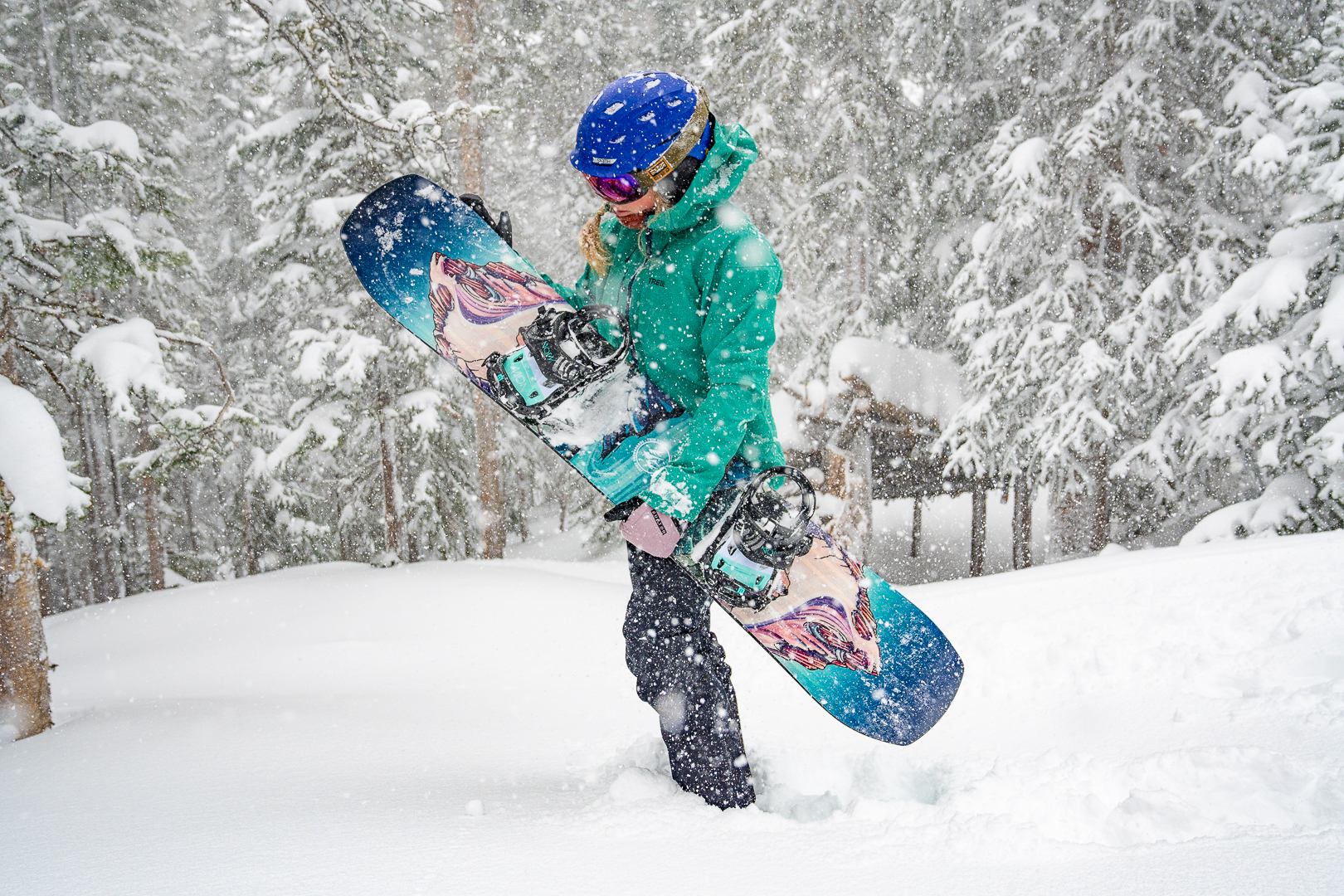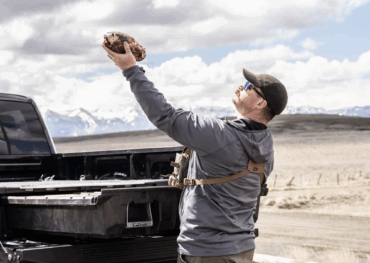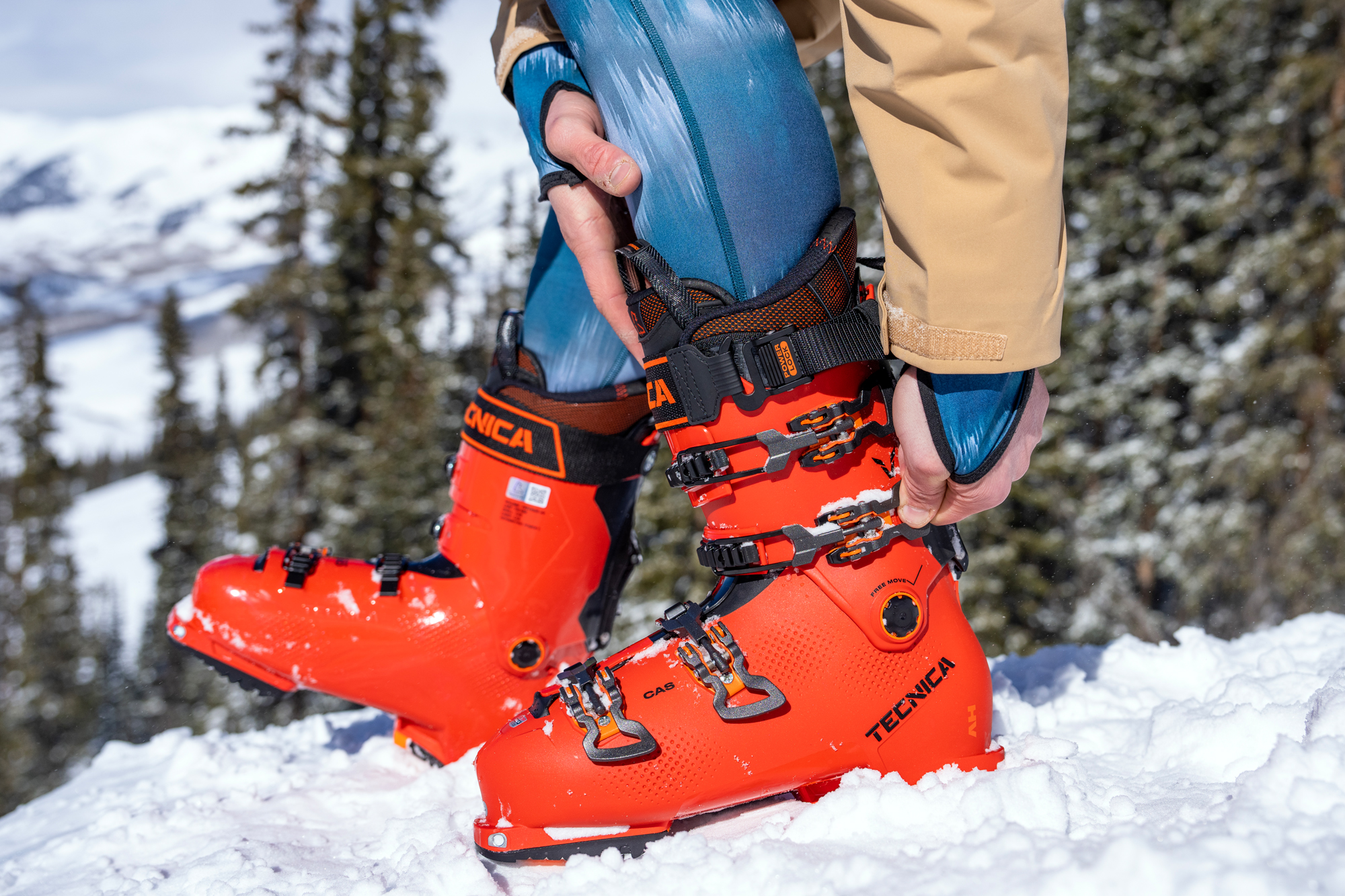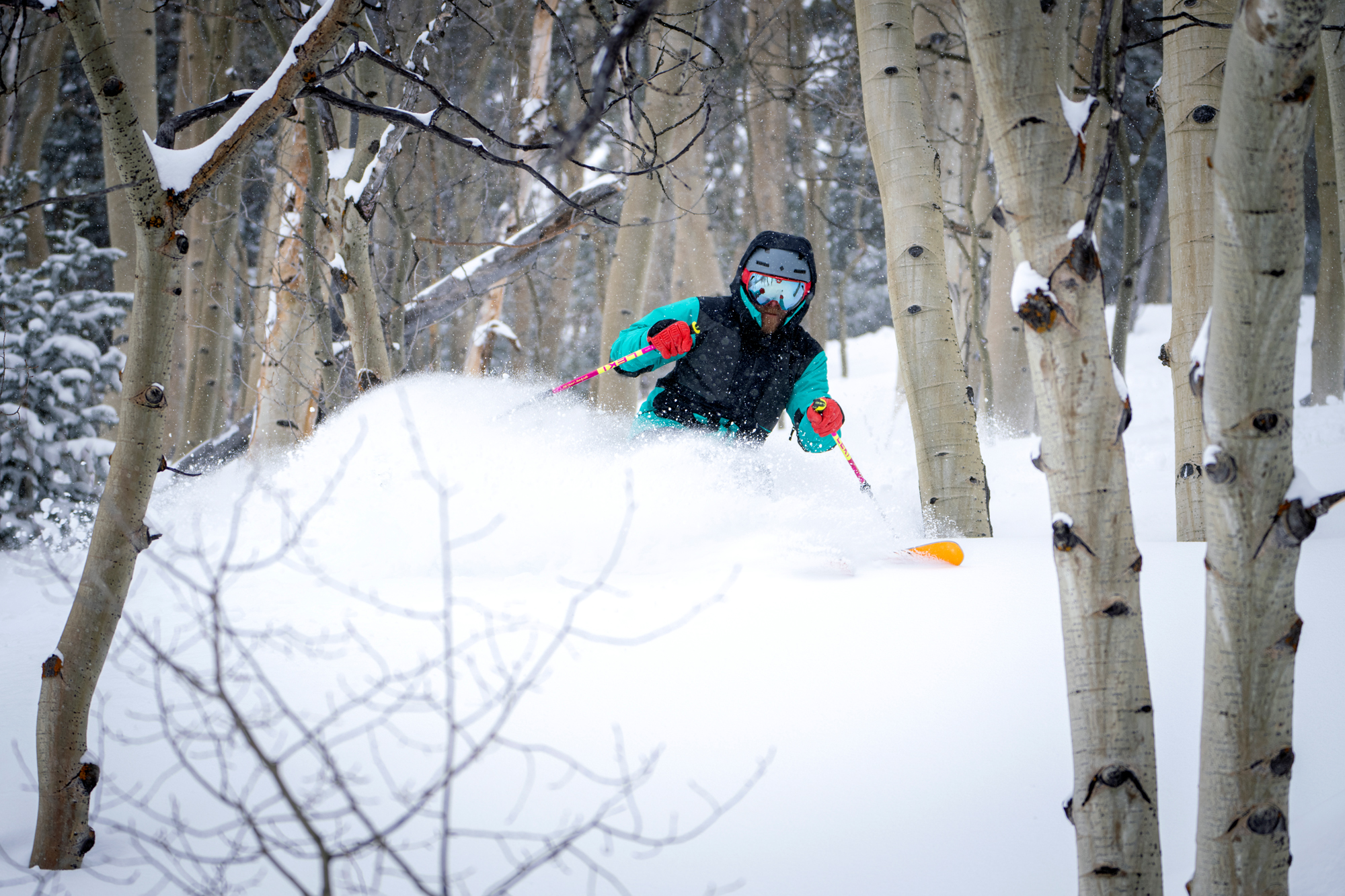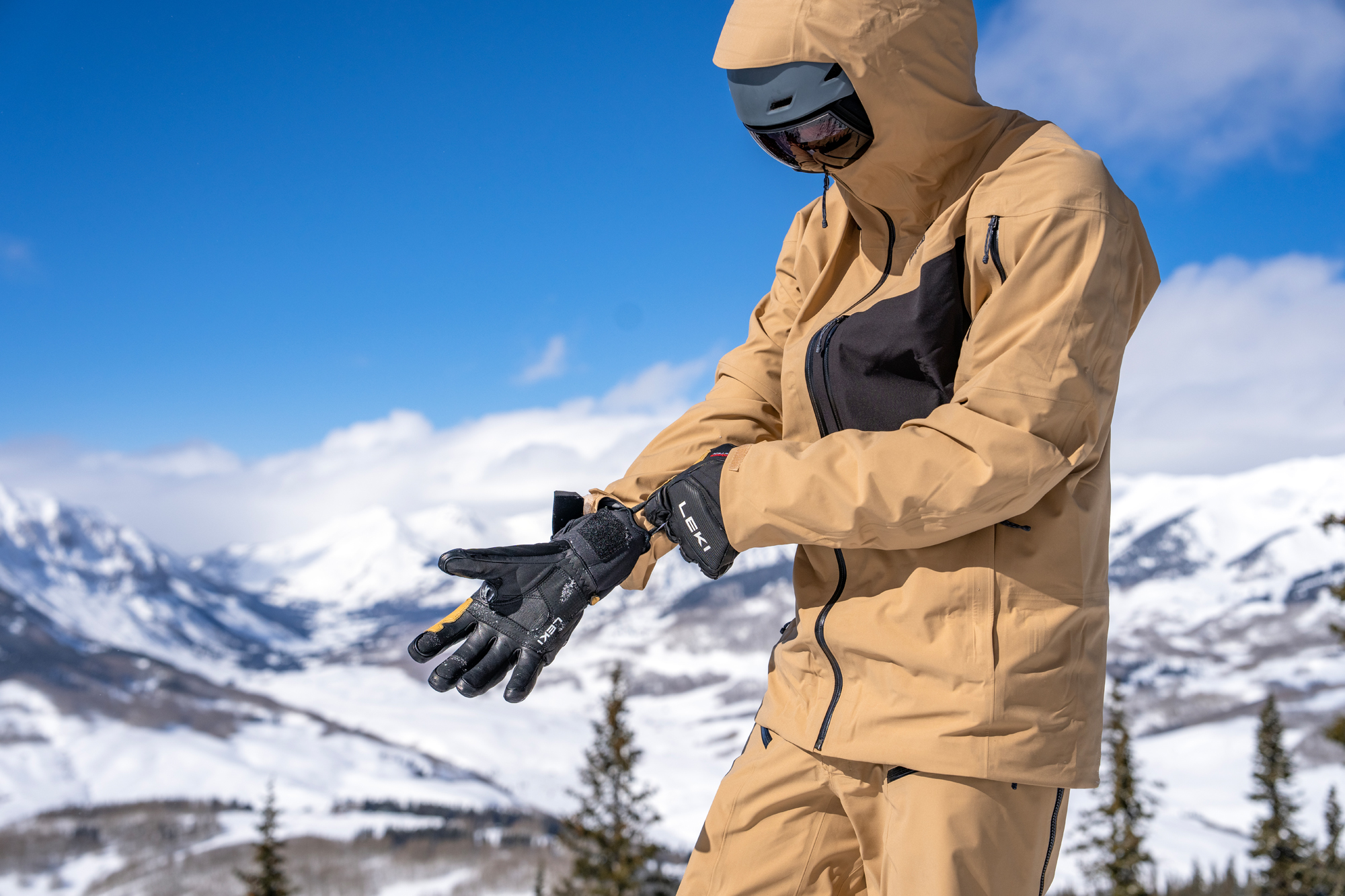Dreaming of skiing and surfing in the same day? Here’s how to pull off one of the world’s few ski-to-surf trips on Vancouver Island.
The western shoreline of Tofino, British Columbia, faces the Pacific Ocean head-on and delivers one of the most consistent surf breaks on the continent.
Moreover, the region is 3 hours west of Mount Washington Alpine Resort. The mountain boasts an annual average of 452 inches of snow and is the only major inbounds ski area on Vancouver Island where lifts hum daily from December to April.
Locals often check off this ski-to-surf dream with waves in the morning followed by an afternoon on the slopes — when the snow softens — or vice versa, said Victoria-born islander Samantha Hackett.
She’s the Business Manager at Long Beach Lodge Resort on Cox Bay, the coastline’s premiere surfer beach and best place to catch waves in Canada.
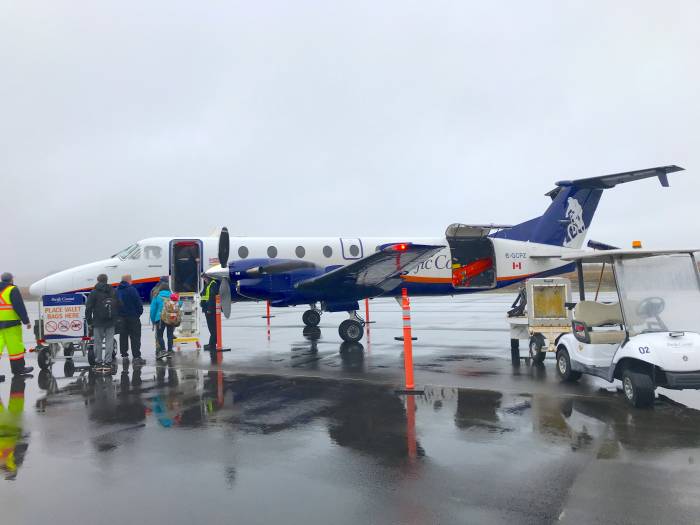
As a Coloradan, I had to travel 1,500 miles to reach Vancouver Island, so I wanted to extend the trip.
In a multiday iteration, a few journalists and I flew to Comox Valley Airport (folks can also opt to ferry from Vancouver to Nanaimo) then road-tripped to Mountain Washington, followed by 2 days surfing at Tofino.
Lastly, we made sure to spend a few hours spelunking and hiking in old-growth forests to break up the drive.
Vancouver Island Ski-to-Surf
Tofino
Tofino is a hip, historic fish and logging town of 2,000 residents, which sits at the northern tip of a peninsula in the Clayoquot Sound. Less than a mile long, Cox Bay’s sandy crescent is safe — sans hazardous coral, rock, or creatures. There’s a shallow shelf, meaning novice surfers can walk out to practice in the foamy whitewater.
And close sets of waves roll up year-round. Plus, Cox Bay’s Long Beach Lodge Resort is home to the peninsula’s sole surfer hub, the Surf Club Adventure Centre, where travelers can share beta as well as access gear, showers, saunas, a hot tub, laundry, and a workout facility.

The winter season sees larger swells: January, the month of my trip, recorded 20-plus-foot waves. However, the average height was 3-12 feet the days I spent at Tofino.
If the wind spikes, as it did during our trip, several adjacent shores offer different orientations for safer, cleaner, or smaller waves: South Chesterman, North Chesterman, and Mackenzie, respectively, which are all a 3- to 10-minute drive north of Cox Bay.
Mount Washington Alpine Resort
From Tofino, it’s about a 3.5-hour drive to Mount Washington. So if you’re trying to pack in a double-sport day, make sure to start early in the morning and plan accordingly. But for those who want to hit dawn patrol in the Pacific before an afternoon carving turns, it’s totally doable.

Mount Washington Alpine Resort is included among British Columbia’s 13 major ski resorts: those with the largest acreage, amenities, and accommodations. The mountain has a vertical drop of 1,656 feet from the highest lift to the base plus 52% advanced/expert terrain.
From the topmost lift, at 5,214 feet, you can even catch views of the Salish Sea to the east. On a clear day, the mountain ranges of mainland British Columbia stand in clear sight too.
Ski to Surf: The Gear I Used
GNU Ladies Choice Snowboard (Available Winter 2021)

The snowpack doubled at Mount Washington Alpine Resort the days before our arrival. This meant excellent coverage, but the expert terrain in The Outback bowl was closed under avalanche mitigation. Instead, I sped down groomers, boilerplate moguls on Whiskey Jack, and deep powder on the steeps of Upper Rick’s Ride and Schum’s Glades.
Fortunately, the 2020 GNU Ladies Choice handled that wild variability like a pro. The twin-shaped Ladies Choice features a trademarked technology called magne-traction. Basically, the board’s edges are wavy instead of straight, which helps to increase hold, especially on tough surfaces.
I experienced zero wobbles in wide carves or quick turns, across hardpack and through ice chunks. The Ladies Choice was secure on hard roller landings. I noticed the asymmetric design — a deeper heelside sidecut — helped balance transitions.
Lastly, the board is a hybrid shape (called C2x) with rocker between the feet, camber beneath the feet, and rocker on the ends. That silhouette made the board feel a bit flexible and also playful, which I liked for charging moguls. (I’m 5’5” and rode size 151.5.)
The Ladies Choice board will be available in winter 2021.
Patagonia Powder Bowl Jacket
The Powder Bowl’s eco-friendly 100% recycled polyester face fabric kept me completely dry and comfortable. Temps at Mount Washington Alpine Resort rose and hovered around 30 degrees Fahrenheit with high humidity.
By afternoon, the lifts thawed into a drip-state. But the damp chairs never soaked my back or arms thanks to this two-layer GORE-TEX jacket: a waterproof-breathable, windproof design with watertight zippers.
I wore bibs and a synthetic T-shirt to start under blue sky and clouds. Then, I added a long-sleeve midlayer when the afternoon progressed with fog, mist, and a sharp breeze.
With the underarm vents, helmet-compatible hood, and visor, this shell is a solid option for inbounds or uphill exercise in all conditions from blizzards to rain. Furthermore, the interior feels soft, and the exterior is supple.
Sportube Series 3
This is the largest adjustable gear-carry case made by Sportube, so it holds a ton of equipment. The Series 3 is 72 inches long, 14.5 inches wide, and about 7.5 inches deep. I packed my snowboard, snowboard boots, hiking shoes, running shoes, wetsuit, booties, gloves, helmet, goggles, and snowboard outerwear in it — plus craft beer on the return flight home.
What I like most is that the hard-sided plastic shell protected my equipment (and beer) when the case was tossed into a plane and when I dragged it across gravel-tossed slush in the parking lot. The pull handle is comfortable. But beware: It’s still a lot of shoulder and forearm work to roll the case when it’s totally stuffed.
The closure pin is easy to operate. But I did need to budget extra time to configure my belongings in the case, and then shimmy and slide the two halves of the tube together, so the process wasn’t as fast as a traditional zipper closure. I was worried about the Series 3 in elevators, but it easily stands vertical. And it rolls fine onto escalators, too.
Ultimately, the Sportube Series 3 is ideal for flight travel with a ton of gear and worth the extra minutes it takes to pack.
Note: All black-colored cases moving forward are made with 100% recycled HDPE (high-density polyethylene) plastic.
Sweet Protection Trooper II MIPS Helmet
A helmet is prime for safety and warmth. In drizzly and chilly bouts of weather on Vancouver Island, the Trooper II provided both. Favorably, I didn’t have any rough tumbles to test out the impact protection, but I’d rather be proactive.
This all-mountain helmet features MIPS (multidirectional impact protection system), a helmet-integrated protective layer that’s become more popular. MIPS allows the head to move during angled impacts — 10-15 mm in all directions — to reduce rotational forces on the brain. (If I shake my head, I can feel a slight movement.)
The Trooper II shell is TLC (thermoplastic-laminated carbon fiber), which blends elastic and rigid materials to maximize protection on weak spots of the skull while cutting weight and volume. Though the helmet feels less streamlined and a tad heavier compared to others I’ve worn, that weight is pretty negligible (495 g versus 680 g, for instance).
The chin closure is magnetic and, to my surprise, stays put. The helmet size adjusts easily with a turn dial. Overall, I really like the vented, cushioned interior lining, which wicks moisture, is comfortable, and doesn’t make me overheat.
Sweet Protection Firewall Goggles
One tricky part of wearing a helmet can be finding compatible goggles. The Firewall seamlessly fits the Trooper II. Usually, I wear a small goggle, so I had to adjust to this wide-view cylindrical frame, but I soon realized the benefits of a broad field of view. The model’s oversized air vents and anti-fog technology managed the moisture and humidity of the island slopes.
In general, these goggles resisted fog well (except one blizzardy day at a resort in Colorado). In the afternoon, the heavy mist was easy to wipe clean due to the oleophobic and hydrophobic coating, which keeps oil and water from staying put.
As for the lens, the obsidian black (with 12% visible light transmission) worked great all morning when it was sunny. But later during intermittent fog, the orange or yellow lens would have fared better.
Patagonia Women’s R4 Yulex Front-Zip Hooded Full Suit (Available August 2020)

Cox Bay water temperatures reach their lowest in January, dropping to a range of 45-48 degrees F. I was nervous about my first cold-weather surf experience, so I chose a conservative warmth rating and ended up with the thickest wetsuit of my entire group. The updated Patagonia Women’s R4 Yulex Front-Zip Hooded Full Suit provided plenty of warmth.
That R4 rating refers to the thickness at the torso, arms, and legs. This one has a 5.5mm thickness on the torso and thighs, 4mm arms and legs, and a 3.5mm hood. I didn’t feel cold or chilled once. Day Two’s ambient temperatures were slightly higher, and I even sweated in my suit a bit. If you’ve never surfed in cold water, I recommend starting thicker and adjusting from there.
I took a few tumbles, and the thick layer protected my skin. I was thankful for those integrated Supratex kneepads, too. The women’s suit has a new symmetrical pullover design that makes the entry and exit easier for female bodies. As a person with broad shoulders and bust, the contour works well.
The stretchy, durable exterior fabric is now 100% recycled spandex, plus a 100% recycled polyester lining — which is softer, too — in addition to the natural rubber used throughout the suit.
The Patagonia Women’s R4 Yulex Front-Zip Hooded Full Suit will be available in August 2020.
Patagonia R4 Yulex Round Toe Booties
One week before my trip, both of my feet were diagnosed with superficial frostbite. It’s an injury that takes time to heal and means you’re extra susceptible to frostbite. Not surprisingly, I was concerned about keeping my feet warm in the cold water. Luckily, I packed the Patagonia R4 Yulex Round Toe Booties, and they kept my injured feet warm the entire time.
When I first stepped into the ocean, I felt a bit of water seep in, but the liquid quickly heated up, and my toes never lost circulation. A bit of leakage is normal, said my surf guides, and, overall, the microgasket on the tall cuff did a great job of preventing water entry. When I removed the booties after a couple of hours, there was no topical patchiness due to lack of circulation and my feet weren’t wrinkled.
The round-toe, grippy, thick soles added cushion and protection while walking with my surfboard on rocky, root-filled singletrack through the woods to the beach. And the reinforced pull rings on the heels were essential for pulling these puppies on and off.
Patagonia R4 Yulex Three Finger Mitts
I wore super-warm gloves rated at R4, the Yulex Three Finger Mitts, which are a squishy 5 mm thick. The microgasket at the wrists prevented water entry like a champ. I sacrificed the dexterity of a five-finger glove to keep my digits cozy. And this three-finger design worked. My hands never once felt cold or clammy.
In the water, the number of fingers was unnoticeable and didn’t affect my pop-up or carrying the surfboard. But it was tough to dress the other glove and layer it with my wetsuit, so I needed help. It’s a solo skill earned with time.
Arc’teryx Alpha FL Jacket
In general, a rain layer is requisite on Vancouver Island. It’s a beautiful, rainy place. This jacket kept me completely dry while traveling, caving, and hiking in cold rain and mist on trails at Cathedral Grove, where we stopped for a road-trip break between Mount Washington Alpine Resort and Tofino.
Crunch-free and buttery smooth, the Alpha FL is comfortable to wear from downpours to post-adventure pubs. Despite being ultralight (under 300 g), this GORE-TEX jacket is a strong barrier against the elements.
The Alpha FL proved to be durable and waterproof while scrambling into tight underground caverns at Horne Lake Caves — on the east coast of the island, about an hour by road from Comox Valley Airport — which housed roaring, chilly waterfalls and streams.
Note: While caving, I added a second layer of insulation beneath the Alpha FL, which does not excel at packing heat.
